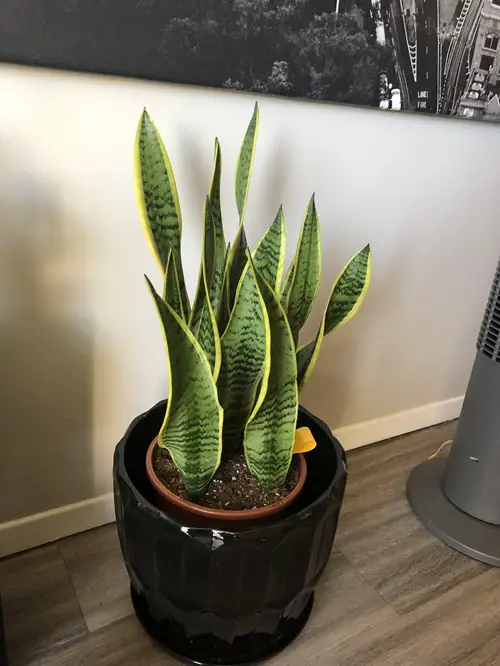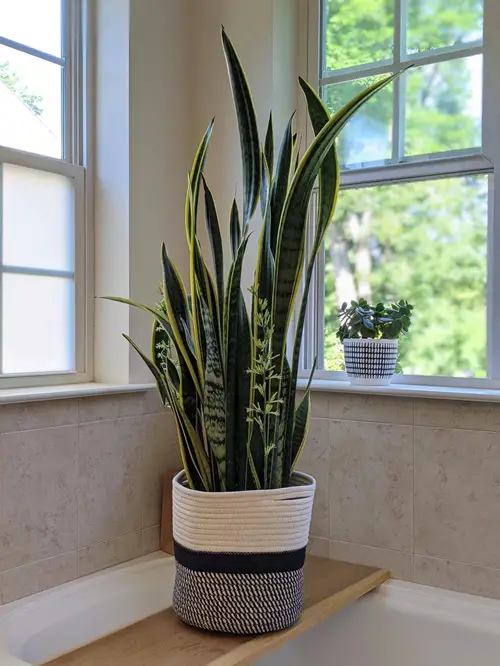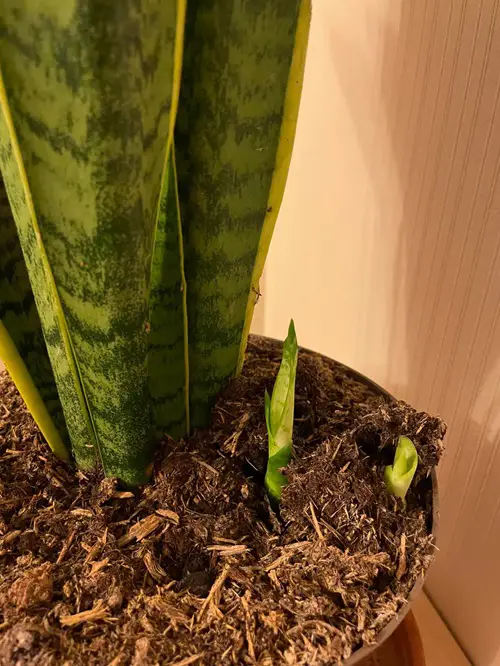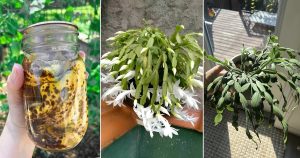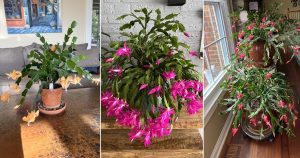Are snake plants monocots or dicots? Let’s break it down in simple, easy terms to understand what makes them so special.
Have you ever looked at your snake plant and thought, “Is it a monocot or a dicot?” While it might sound like a nerdy plant fact, knowing this can actually make you appreciate these hardy beauties even more. Here’s the answer—snake plants are monocots! But what exactly does that mean? Let us explain.
Are Snake Plants Monocots Or Dicots?
Snake plants (scientifically called Sansevieria trifasciata, now grouped under Dracaena) are monocots. Monocot is short for monocotyledon, which means these plants start life with a single embryonic leaf, or cotyledon, in their seeds. Dicots, on the other hand, sprout with two cotyledons.
Here’s what sets monocots like the snake plant apart—If you take a close look at your snake plant’s leaves. So, they’re long, slender, and have parallel veins running from top to bottom—a classic monocot trait. Dicots usually have more complex, web-like vein patterns.
Secondly, if your snake plant ever blooms, its flowers will usually have six petals (two sets of three), which is another hallmark of monocots. Dicots tend to have flowers in groups of four or five.
Then, snake plants grow fibrous roots that spread out in a network—typical of monocots. Dicots usually grow a deep, central taproot. And lastly, monocot seeds, like those of grasses and palms, contain one cotyledon. While snake plants don’t often produce seeds (they’re mostly propagated by cuttings), they follow this monocot rule too.
How Do Snake Plant Leaves Grow?
Snake plant leaves grow in a pretty cool way. Instead of growing longer from the tip, like dicots, monocot leaves elongate from the base. This is why the leaves keep their sword-like shape as they grow taller.
Here is the fun fact that this growth style is also why grass survives being mowed—it regrows from the base!
Why Does This Matter For Plant Care?
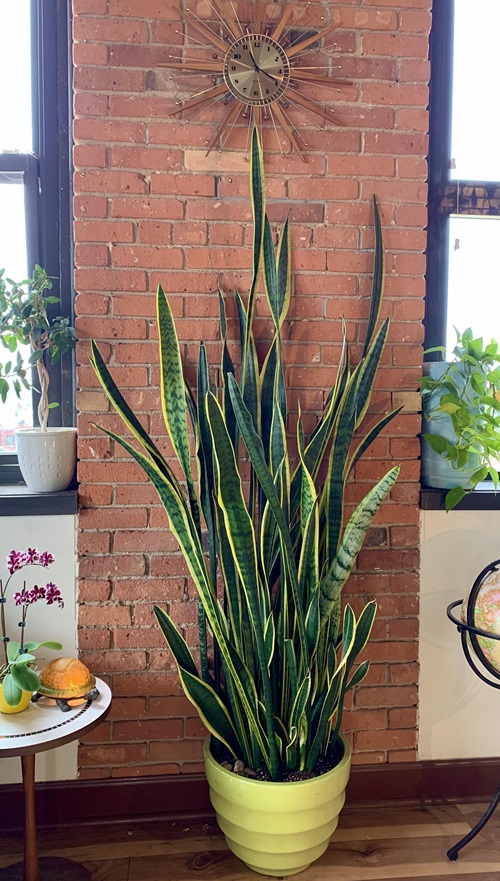
Now, why should you care if your snake plant is a monocot? Knowing this helps you understand its needs. Snake plants have thick, water-storing leaves and fibrous roots, meaning they thrive in well-draining soil and don’t like overwatering. Mimicking their natural environment—low water, indirect sunlight, and dry soil—keeps them happy and healthy.
Final Touch!
Snake plants are monocots all the way! From their straight, parallel-veined leaves to their fibrous root system, every part of them shows their monocot identity. If you’re just curious about your leafy friends or want to care for them better, knowing these details makes a big difference. So, if you have any snake plant tips or stories, just drop them in the comments and share them with us!

